Justice Sandra Day O'Connor, First Woman to Sit on the Supreme Court, Dies at 93
- Oops!Something went wrong.Please try again later.
- Oops!Something went wrong.Please try again later.
- Oops!Something went wrong.Please try again later.
O'Connor's family announced in 2018 that the pioneering American lawyer had dementia and was no longer able to participate in public life
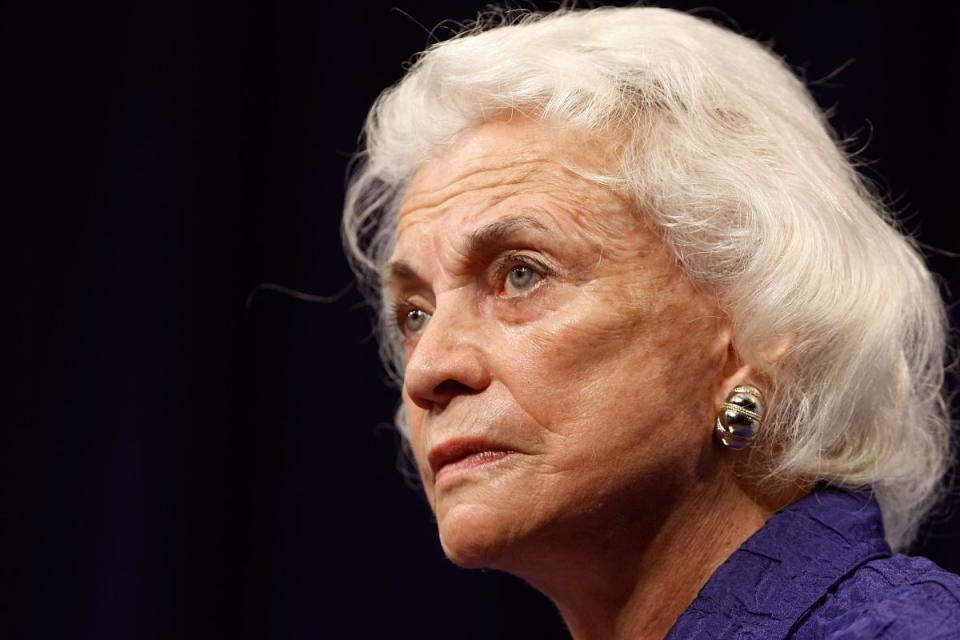
Sandra Day O'Connor, appointed as the nation's first female Supreme Court justice in 1981, died in Phoenix, Arizona, on Friday morning. She was 93.
The court announced her death in a statement, citing "complications related to advanced dementia, probably Alzheimer’s, and a respiratory illness."
In October 2018, O'Connor's family released a letter from the 24-year Supreme Court veteran announcing that she had dementia and was "no longer able to participate in public life."
"How fortunate I feel to be an American and to have been presented with the remarkable opportunities available to the citizens of our country," she wrote. "As a young cowgirl from the Arizona desert, I never could have imagined that one day I would become the first woman justice on the U.S. Supreme Court."
Related: Pioneering Supreme Court Justice Sandra Day O'Connor Announces She Has Dementia
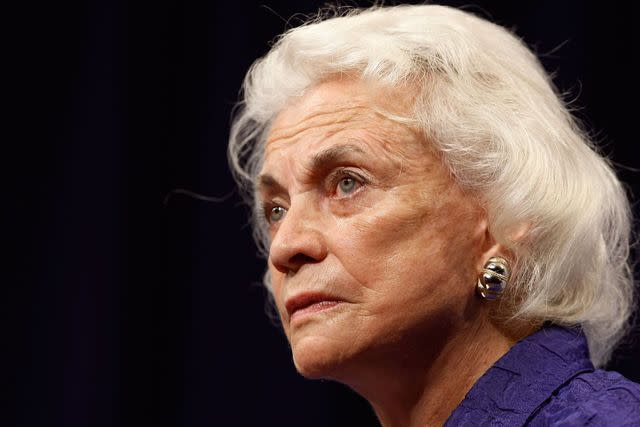
O'Connor became known as a moderate conservative with an open-minded approach that oftentimes made her a swing vote. She was tough on law and order issues, but also supported abortion rights.
"She was an amazing trailblazer, firm, knew what she wanted and didn't hesitate," Lise Earle Beske, a law clerk of O'Connor's from 1994 to '95, tells PEOPLE.
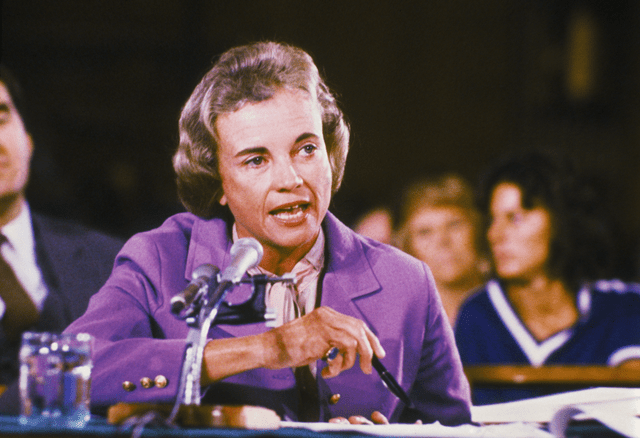
Beske said that O'Connor seemed to hire clerks from all points on the political spectrum because she wanted every viewpoint vigorously represented before she reached a decision on a case.
"She was a very, very strong person," Beske says. "Steely at times, but someone who you also wanted to please."
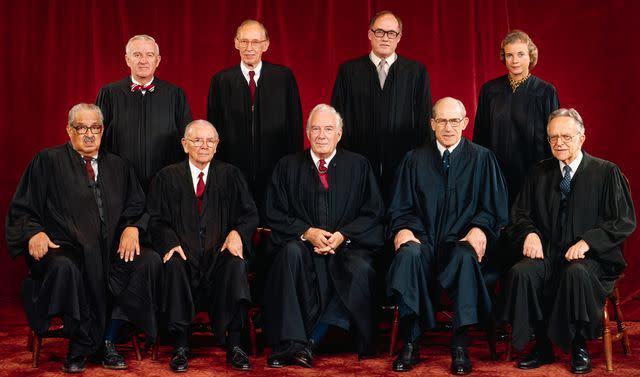
Bettmann Archive
The Supreme Court's official portrait after Sandra Day O'Connor was sworn-in as the nation's first female justiceIn 2018, Chief Justice John Roberts called O'Connor "a towering figure" who "broke down barriers for women in the legal profession to the betterment of that profession and the country as a whole."
One of O'Connor's most consequential decisions was a vote to stop a Florida recount following the razor-close 2000 presidential election, with the majority of justices deciding that George W. Bush would become president.
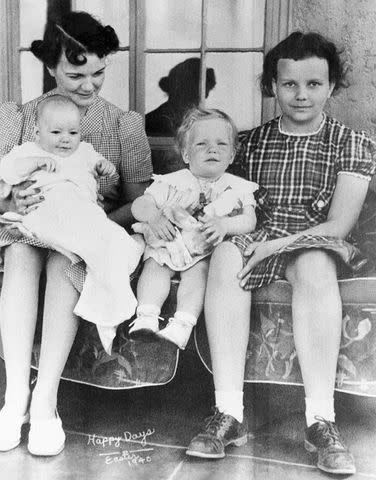
Bettmann Archive
Sandra Day O'Connor (right) poses on the family ranch in 1940 with mother Ada Mae Day, brother Alan and sister AnnEarly Life
Born on Aug. 26, 1930, in El Paso, Texas, Sandra Day O'Connor was the daughter of Harry and Ida Mae Day, owners of a 180,000-acre cattle ranch called The Lazy B in southeastern Arizona and southwestern New Mexico. The ranch house had no running water or electricity until O'Connor was 7 years old.
O'Connor's parents recognized early on that she was unusually bright. They sent her from their remote ranch for schooling in El Paso, where she lived with her grandmother. Summers were spent back in Arizona, branding cattle and carrying out other ranch duties.
Related: Sandra Day's Ranch Roots
O'Connor would later recall an invaluable life's lesson she learned on the ranch as a teenager. After she and her mother had fixed lunch for workers rounding up cattle in an area far from the ranch's headquarters, she was dispatched alone in a pickup truck to deliver the food. Along the way, O'Connor got a flat tire, which she fixed with a spare. When she finally arrived hours late and explained to her father why, he said, "You should have started a lot earlier," she said in a 2013 interview with The Harvard Business Review.
"That was the attitude on the ranch. You had to anticipate difficulties, and when you ran into them, you had to overcome them and do your job. And I had failed. It's not a bad lesson," O'Connor said.
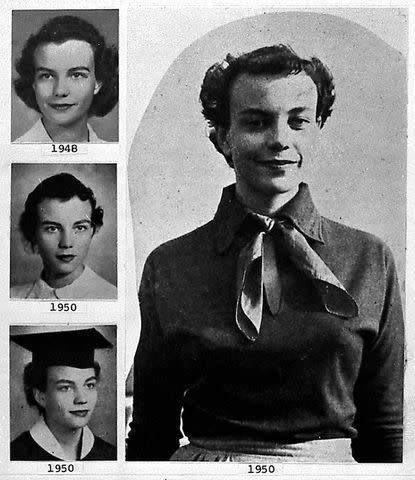
AP
Sandra Day O'Connor's yearbook photos at Stanford UniversityBy the age of 16, O'Connor was off to Stanford University, and at 19 enrolled in Stanford Law School, the only woman in her class. Her choices were inspired in part by her father and a lawsuit the family ranch was involved for a decade, which ate up about a half-million dollars before it was settled.
"My mom going to Stanford and then on to law school was sort of the fulfillment of my grandfather's dream," her son Scott O'Connor told The Washington Post in 2016. "He was going to go to Stanford, so that was part one. And then part two was, she became an attorney, in part because this was never going to happen to us again."
In her first year at Stanford Law, O'Connor dated classmate William Rehnquist, the future chief justice of the Supreme Court. After they broke up, she bonded with another classmate, John Jay O'Connor, over beers as they worked on the school's prestigious law review.
She soon began dating John — but 40 days into her new relationship, she received a letter from Rehnquist proposing marriage.
Related: Sandra Day O'Connor Once Rejected a Marriage Proposal from Late Chief Justice William Rehnquist
"To be specific, Sandy, will you marry me this summer?" Rehnquist wrote in the note, which was revealed in a 2019 biography of O'Connor by Evan Thomas called First. She said no, and was engaged to John by the time they graduated law school in 1952.
News that Rehnquist had popped the question "surprised" her children, O'Connor's son, Jay, told NPR in 2018. "Multiple men proposed to my mom when she was in college and law school," he said, "and ultimately my dad was the one who was the real deal."
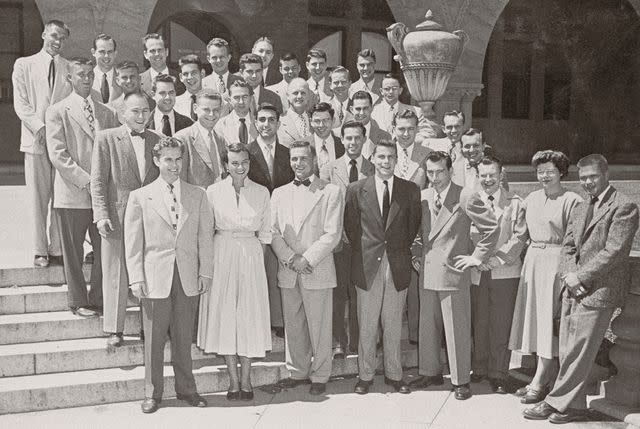
Bettmann Archive
Sandra Day O'Connor (first row, second from left) poses in a class photograph. Future Chief Justice William Rehnquist stands in the back row, farthest to the leftO'Connor's Rise
As was the norm in those days, big law firms rarely hired women, and O'Connor couldn't get a job. However, her indomitable spirit was undaunted.
"I just wanted to work at something worth doing — that was my goal," she told The Harvard Business Review.
O'Connor found work as a deputy county attorney for San Mateo County in California and, after the couple moved to Phoenix, she opened up a small practice while her husband landed a corporate law job with a top firm.

David Hume Kennerly/Getty
Sandra Day O'Connor at her Arizona home with husband John Jay O'Connor and three sons Scott, Jay and Brian in 1981She had three sons between 1958 and 1962, and in that time began a five-year break from her law career. O'Connor eventually returned to work as an assistant attorney general of Arizona and, in 1969, enter politics when she was chosen to serve out the term of a Republican state senator.
O'Connor formally ran for the seat in the 1970 election, won re-election in 1972 and in '73 was named the Republican majority leader in the state Senate — the first time a woman held a majority leader position in the United States.
In 1974 O'Connor resigned to become a judge on the Maricopa County Superior Court. After five years there, the governor of Arizona appointed her to the Arizona Court of Appeals, a path that in 1981 led to President Ronald Reagan making good on a campaign promise of putting the first woman on the U.S. Supreme Court.
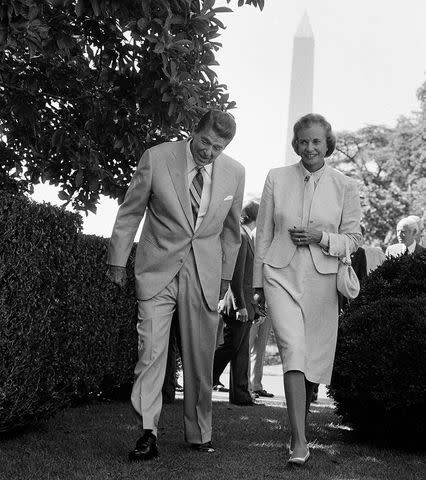
AP
President Ronald Reagan walks with Supreme Court nominee Sandra Day O'Connor in the White House Rose Garden, July 1981When seven years later O'Connor was diagnosed with breast cancer, undergoing a mastectomy and chemotherapy, her sister, Ann Day, told The Washington Post that O'Connor tackled it like other hurdles she'd faced.
"She took her cancer as a challenge," Day said in the 1989 interview, "learning everything she could about it, reading every book, talking with people and making the necessary decisions about her treatment and options."

Bettmann Archive
The Supreme Court's official portrait after Sandra Day O'Connor was sworn-in as the first female justiceAs O'Connor was recuperating, she quickly returned to her passions of golf and tennis. Exercise was an important part of her life inside the courthouse as well, with a daily women-only aerobics classes she arranged — and participated in — on the Supreme Court basketball court.
"The year I clerked, all of my co-clerks were men, and they were not invited to compulsory aerobics," says Beske. "At the time she was 64, 65, and super fit."
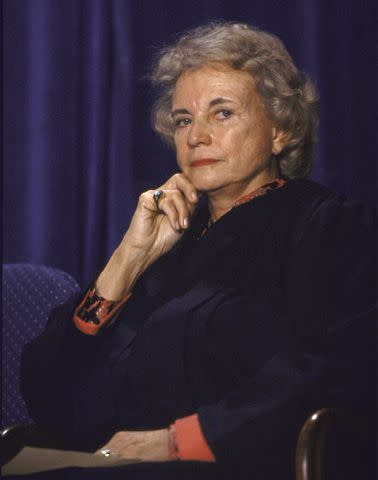
O'Connor was also a great cook. Beske recalls the brisket and Southwestern dishes the justice made for her clerks at her spacious home on Sundays as they prepared 10 hours at a stretch for oral arguments.
The spirited deliberations among the clerks on cases resulted in "measured and considered" decisions, Beske says. "She wanted the views of everybody at the table, meaning her law clerks. She wanted every viewpoint vigorously represented before she reached her decision on a case."
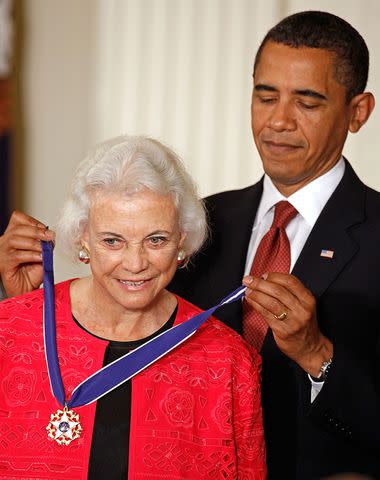
Life After the Supreme Court
O'Connor served on the Supreme Court for 25 years before retiring in 2006 to care for her husband, John, who was diagnosed with Alzheimer's disease. He died three years later.
In 2009, President Barack Obama honored O'Connor's career by awarding her the Presidential Medal of Freedom.
"When a young Sandra Day graduated from Stanford Law School near the top of her class — in two years instead of the usual three — she was offered just one job in the private sector," Obama said at the ceremony. "Her prospective employer asked her how well she typed and told her there might be work for her as a legal secretary. Now, I cannot know how she would have fared as a legal secretary, but she made a mighty fine justice of the United States Supreme Court."
Following laughter and applause, Obama continued: "A judge and Arizona legislator, cancer survivor, child of the Texas plains, Sandra Day O'Connor is like the pilgrim in the poem she sometime quotes who has forged a new trail and built a bridge behind her for all young women to follow."
Related: Babe Ruth, Walt Disney, MLK & More Cultural Figures Who Received the Presidential Medal of Freedom
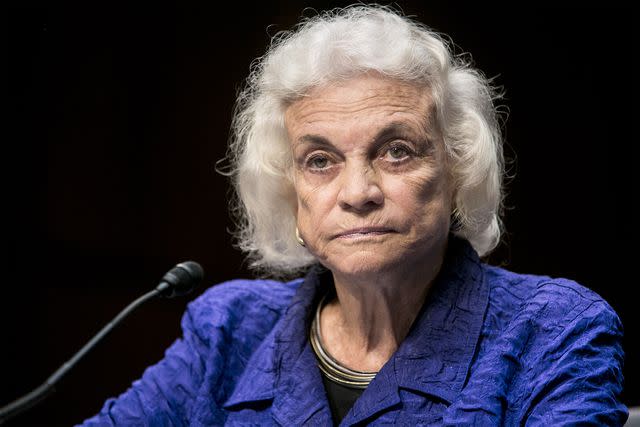
One of O'Connor's passion projects after leaving the court was launching the website iCivics, an online portal of games and digital lessons covering a vast variety of civics topics, from tips on spotting fake news to explaining how government works.
Never miss a story — sign up for PEOPLE's free daily newsletter to stay up-to-date on the best of what PEOPLE has to offer.
In the October 2018 letter announcing she had dementia, O'Connor focused on the importance of learning civics, and the public's engagement in public service.
"I feel so strongly about the topic because I've seen first-hand how vital it is for all citizens to understand our Constitution and unique system of government," she wrote, "and participate actively in their communities."
For more People news, make sure to sign up for our newsletter!
Read the original article on People.

